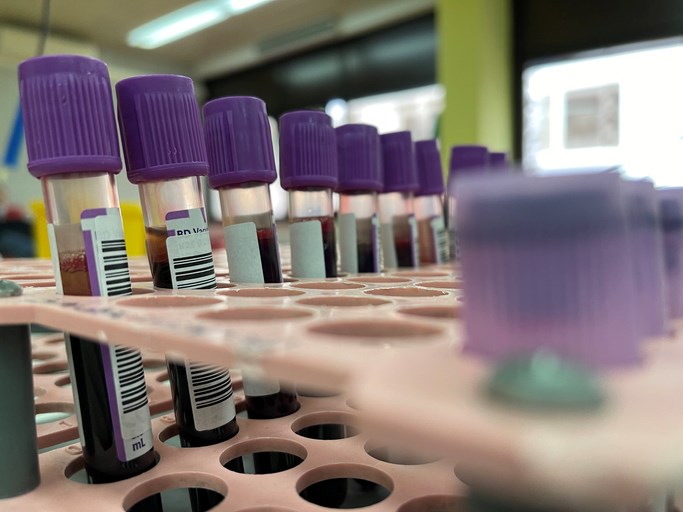Anyone who has been paying attention recently knows that there are jobs in many industries going unfilled due to a lack of qualified or interested workers and that the situation is particularly bad in the health care field, due to the ability of its workers to go into other, probably less stressful, occupations, and because a large proportion of the workforce is nearing retirement age. This is also true for other professions, such as teachers. But as much as people in Thompson may have been aware of hospital inpatient or emergency service closures, temporary or indefinite, in places like Leaf Rapids or Gillam or Lynn Lake, residents may have been tempted to think that such a scenario could never be possible here. Thompson General Hospital is too big. It provides too many services, from inpatient treatment and baby delivery to dialysis and emergency room services. Surely there is a plan in place to keep the hospital running smoothly even as facilities in communities around us basically lapse into, in some cases, nothing more than glorified clinics.
Unfortunately, as the union that represents medical lab technologists in Manitoba made clear earlier this week, that is simply not entirely true. There are three people standing between the hospital being able to, perhaps barely, function relatively smoothly, and everyone flying blind.
Nine of 12 lab tech positions at the hospital are vacant and the staff that are there have been asked, the union says, to work for as long as 47 hours in a row in a combination of regular and on-call shifts. The Manitoba Association of Health Care Professionals president Jason Linklater called it “unsustainable.” It sounds more like we have a rickety bridge over a deep chasm with a moat filled with scary monsters that’s being held together with duct tape.
So far, the provincial government’s Shared Health department is keeping everything running, thanks to overtime and relief staff being scheduled and testing being provided at the Thompson Clinic itself, but that can’t be expected to go on forever. If you’ve ever dealt with your car making a weird sound by turning up the radio or with the check engine light coming on by putting a piece of electrician’s tape over it, you know that, inevitably, there comes a time when you either find a way to get the problems fixed or end up stranded at the side of the road and spend some of that repair money on a tow truck instead.
This is not a problem with an easy solution, as the same shortages are affecting health care services across the country. It is, however, a demonstration of why democracies are sometimes less efficient than dictatorships. Our governments think in terms of four or five years down the road, at most, and are often reactively lurching from one crisis to another, which explains why a problem that the Canadian Society for Medical Laboratory Science CEO says has been known about for 15 years has finally actually begun happening without an effective solution in the works. To be sure, intervening events like the COVID-19 pandemic have played a role in disrupting the health care system even more than it otherwise would have been, but the shortage of health care professionals that experts knew was going to come has been treated like a school assignment that is due at the end of the semester, put off and ignored as a future problem to deal with. Now, however, that future has arrived, and governments and hospitals are scrambling, pulling all-nighters in an effort to devise solutions for the many Northern Manitoba residents for whom the Thompson General Hospital is the primary site of emergency services, surgeries and inpatient treatment of medical problems. Undoubtedly, the provincial government is implementing stopgap measures as fast as they can in band-aid fashion, plugging holes in a leaky system as water begins to squirt through them. In reality, though, the time to address these problems started years ago and the remedies being developed today won’t be of benefit until a few years down the line. So grip that steering wheel tight and hope or pray, whatever your inclination is, that the engine will keep sputtering along for as long as possible. Because if, or when, it breaks down completely, the hardships of living in the north and getting by with limited health care could become significantly worse.



